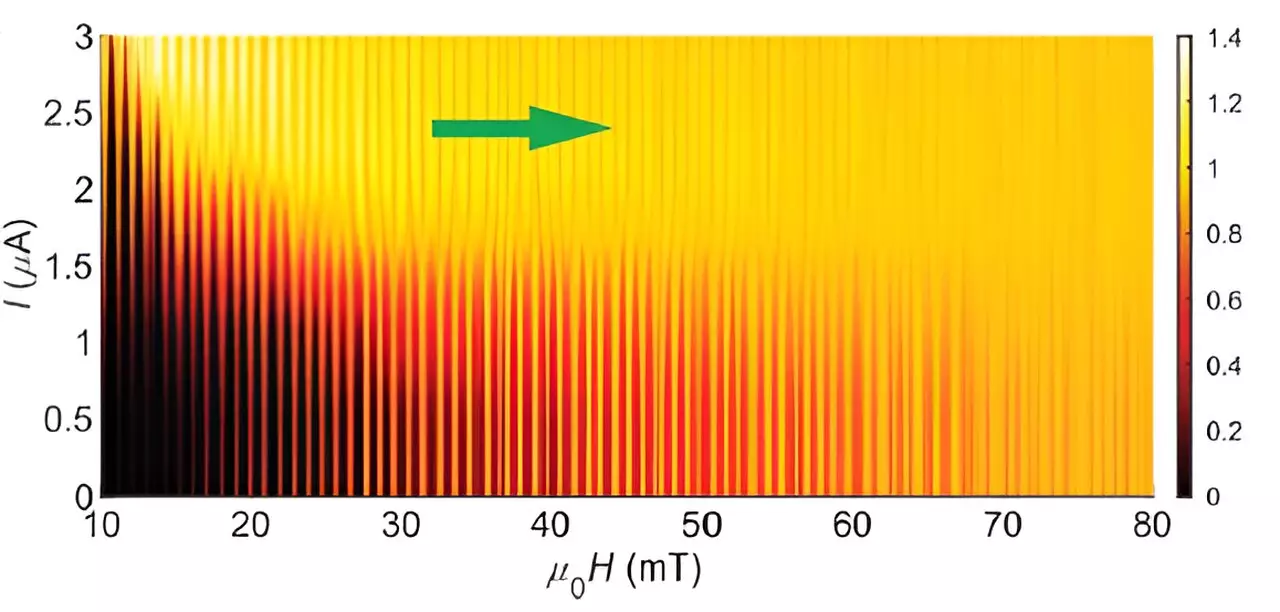Topological materials are a fascinating category of materials that exhibit unique properties due to the way their wavefunctions interact. When the wavefunction of a topological material meets its surrounding space, it must unwind, leading to notable changes in the behavior of electrons at the material’s edge compared to those in the bulk. These distinctive edge states are a result of the wavefunction adjustment and play a crucial role in defining the material’s overall characteristics.
When a topological material also exhibits superconducting properties, the scenario becomes even more intriguing. In the case of superconducting topological materials like molybdenum telluride (MoTe2), both the bulk and the edge of the material display superconductivity, yet they behave differently. This phenomenon is akin to two nearby pools of water that refuse to merge, creating a surprising and unique situation in the world of materials science.
A recent study published in Nature Physics delves into the behavior of superconducting edge currents in MoTe2, shedding light on their ability to accommodate significant changes in the pair potential that holds superconducting electrons together. This finding is crucial as it highlights the importance of electron pairing in facilitating the flow of electricity in superconductors, paving the way for exciting advancements in quantum technologies.
Topological superconductors hold immense promise for the development of quantum technologies and energy-efficient electronics. The presence of special particles called anyons in these materials allows for error-resistant quantum computing operations by leveraging the unique positional memory of anyons. Moreover, the creation and manipulation of edge supercurrents in topological superconductors offer researchers a powerful tool to explore and exploit the rich properties of these materials for transformative technological applications.
In the study of MoTe2 superconductors, researchers observed fascinating oscillations in supercurrent behavior, particularly at the material’s edge. By depositing niobium on top of MoTe2 to enhance the pair potential, scientists were able to strengthen the supercurrent oscillations significantly. However, this enhancement also revealed the inherent incompatibility between the pair potentials of niobium and MoTe2, leading to distinct oscillatory patterns that reflect the dynamic interplay between the two materials.
Implications for Future Research and Applications
The findings from this study not only confirm the existence of edge supercurrents in topological superconductors but also demonstrate the potential for using these unique currents to monitor and control the behavior of superconducting electrons in these materials. As researchers continue to explore the intricate properties of topological materials and superconductors, we can expect a wave of new discoveries that will shape the future of quantum technologies and pave the way for groundbreaking advancements in the field of materials science.


Leave a Reply